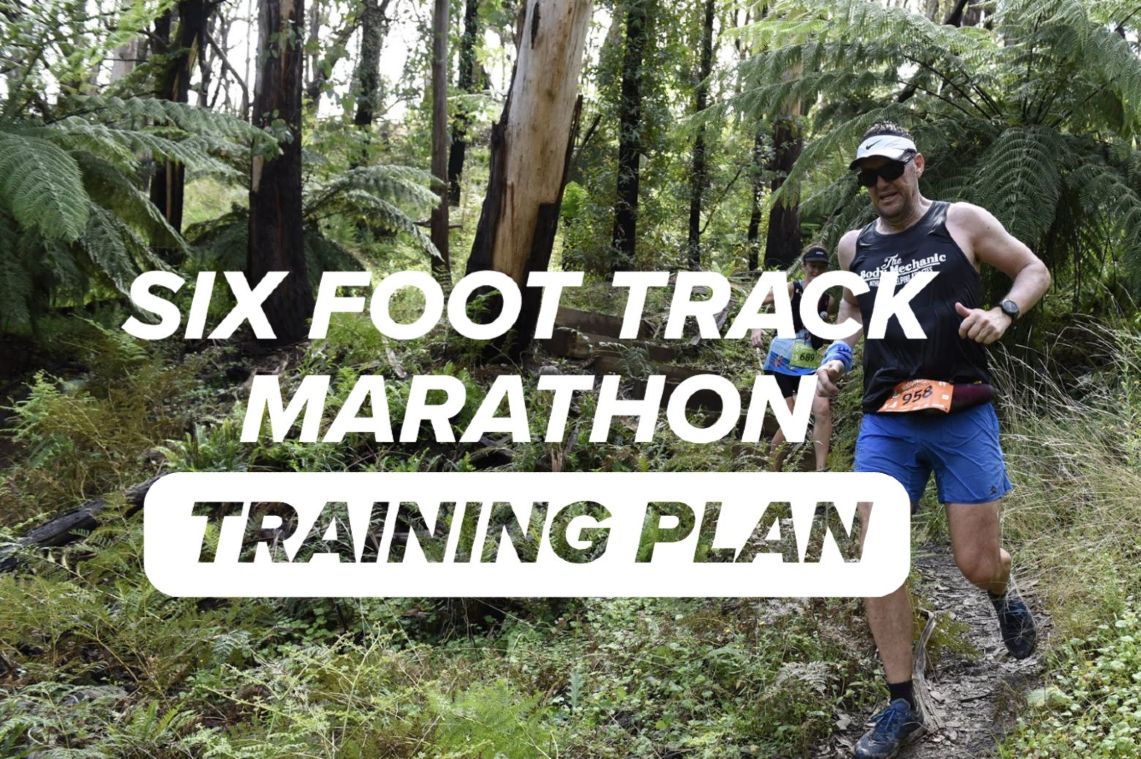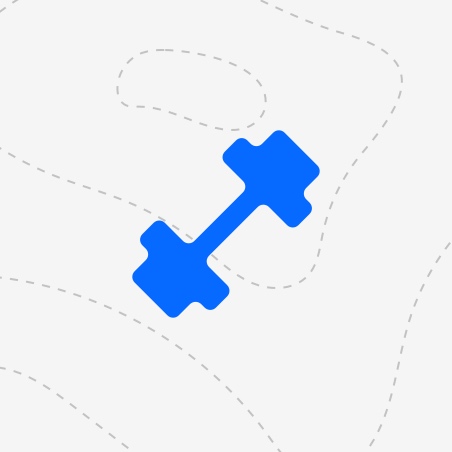Six Foot Track Training Plan

Overview
The Six Foot Track Marathon is one of those races that looks relatively ok on paper, but absolutely demands respect on the day.
You kick things off with the iconic drop down Nellies Glen — a steep, technical stair descent that can punish the unprepared — before rolling into 14km of fast, quad-thumping downhill all the way to Cox’s River. It’s spectacular country, with everything from rocky singletrack to wide open meadows, but it’s also where pacing discipline is everything. Arrive at the river with blown legs and you’ll pay for it quickly. For many runners, this early section decides the kind of day they’re going to have.
Once you cross the river, the character of the race completely shifts. The Mini-Mini climb hits hard and keeps coming, followed by a short, sharp descent before you’re slapped with another long haul up to Pluviometer.
From here you take on the Black Range — gently undulating on paper, but brutally honest when you’ve already banked 26km and 1500m of vertical. It’s a section that rewards smart training and even smarter pacing.
Eventually you’ll pop near the finish line on Caves Road.
Six Foot is a true test of downhill skill, climbing strength, and mental grit — and exactly the sort of challenge a structured training plan prepares you to enjoy rather than endure.
Six Foot Track Training Load
Intensity
3 / 5
Strength
4 / 5
Endurance
4 / 5
Training Load
4 / 5
What our members say
Frequently asked questions
Is this program suitable for a beginner?
This program is designed for runners stepping up to the 45km distance for the first time. You should have been training consistently for at least 18 months and be comfortable running 17–18km on undulating terrain without injury. You should be able to consistently run 35-40km / week. The plan starts with manageable long runs and gradually builds your endurance, strength, and trail confidence over 16 weeks. You’ll follow a balanced mix of long runs, recovery sessions, mobility, and trail-specific strength work to prepare your body for the demands of ultra-distance running. Beginner runners are aiming to complete the event feeling strong and in control — more of a trail adventure than a race.
Can you help me train when I'm injured?
Probably, depending on your injury.rnWe are very sorry to hear you are injured. We know how difficult that can be.rnrnIf you have an injury that requires some rest from running, there are almost always some cross-training options available to help you maintain your fitness, strength, and sanity. By cross-training while you are injured, and including some simple strength, stretching and foam rolling routines, you will speed up your recovery time and ultimately make your return to running easier and more successful. You can start our free 4 week cross training plan now for FREE. It will help you to identify appropriate exercises based on your injury type and recommend what cross training methods will work best for your injury. When you are ready you can start our 10-week return to running program (url) or one of our run-specific rehab plans.
Can I start this program late?
You get immediate access to your training plan when you join. You can view the current week plus any previous weeks if you are training for a specific event.rnrnWe recommend that you start with a weekly volume that your body is currently able to cope with, which might mean starting on the beginner level before moving to intermediate a few weeks later.
About the founder

Mark Green
Physiotherapist and Elite Runner
Mark, has helped over 20,000 athletes improve their running and achieve their race goals. His holistic approach to training ensures noticeable improvements in your movement from the outset








